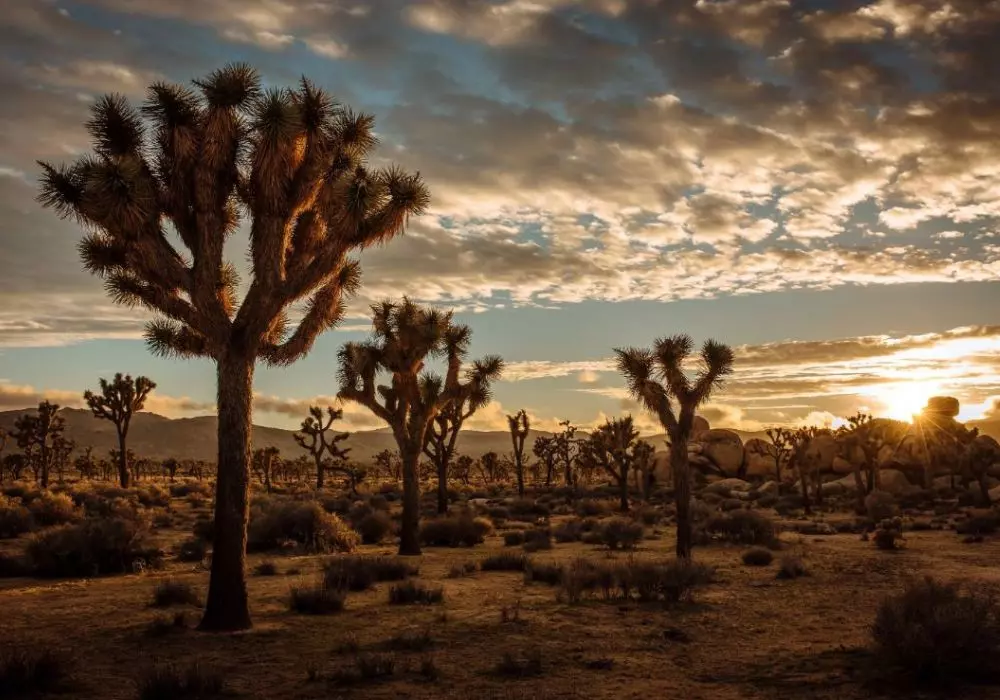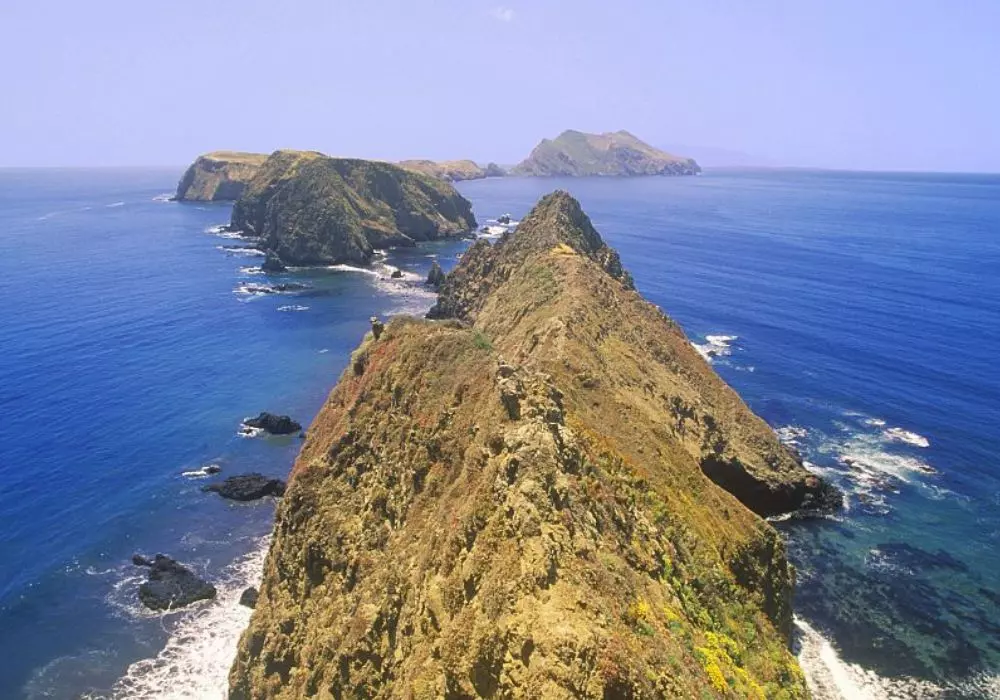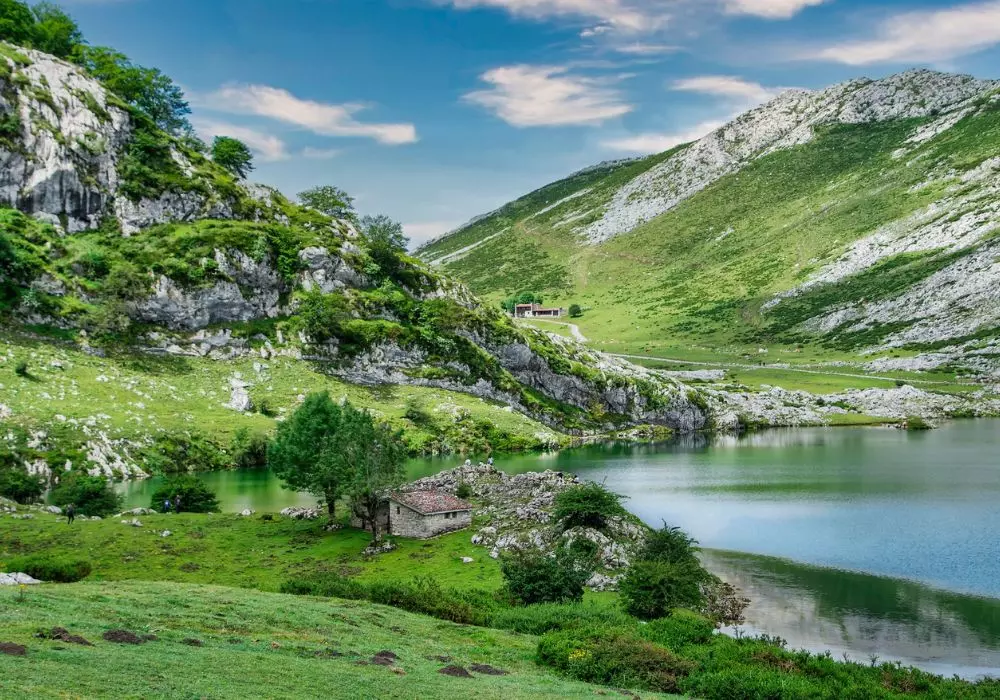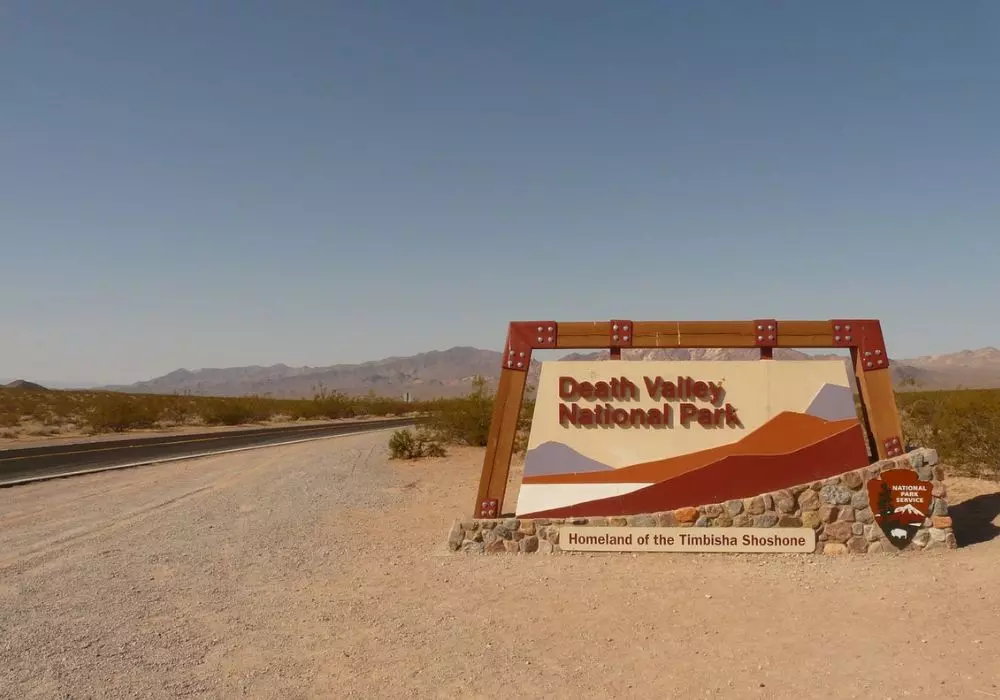Nestled in Southern California, where the Mojave and Colorado Deserts meet, Joshua Tree National Park is a stunning blend of surreal landscapes, rich history, and unique biodiversity.
Named after the iconic Joshua tree (Yucca brevifolia), the park covers nearly 800,000 acres and offers an otherworldly experience to its visitors.
From its towering rock formations and vast desert vistas to its dark skies filled with stars, Joshua Tree is a paradise for nature lovers, adventurers, and artists alike.
This guide will take you on an in-depth journey through the park’s history, geology, flora, fauna, and recreational opportunities, offering tips and insights to make your visit unforgettable.
The History of Joshua Tree National Park
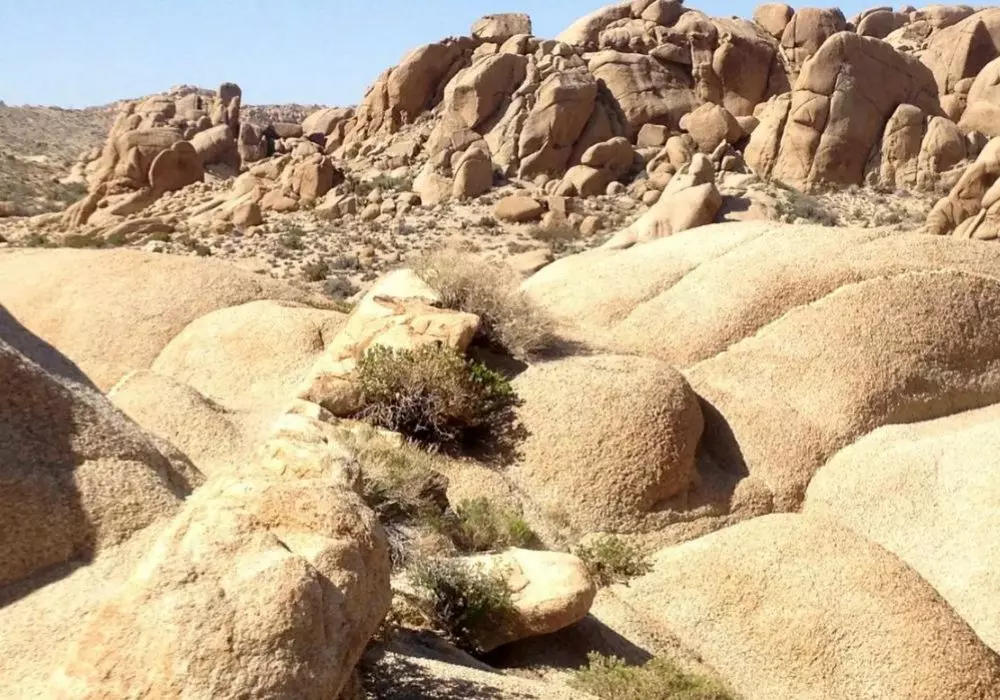

Joshua Tree National Park’s history is deeply rooted in the cultures of the Native American tribes who inhabited the region for thousands of years.
The Serrano, Cahuilla, and Chemehuevi tribes lived in and around what is now the park, relying on the desert’s resources for survival.
They used the Joshua tree for its fibers, creating baskets and sandals, and the surrounding plants and animals for food and medicine.
Evidence of their presence, such as petroglyphs and rock shelters, can still be found throughout the park.
In the 19th century, European settlers, miners, and ranchers arrived in the area, drawn by the promise of land and resources.
The region’s rugged terrain and isolation made it a challenging place to live, but these early settlers left their mark on the landscape.
Mining operations, which extracted gold, silver, and other minerals, have left behind abandoned mines and ruins that tell the story of the park’s mining past.
The push to protect Joshua Tree’s unique landscape began in the early 20th century, largely due to the efforts of conservationist Minerva Hoyt.
Hoyt recognized the need to preserve the desert’s beauty and successfully lobbied for the creation of Joshua Tree National Monument in 1936.
In 1994, the monument was elevated to national park status as part of the California Desert Protection Act, ensuring its protection for future generations.
The Geology of Joshua Tree National Park
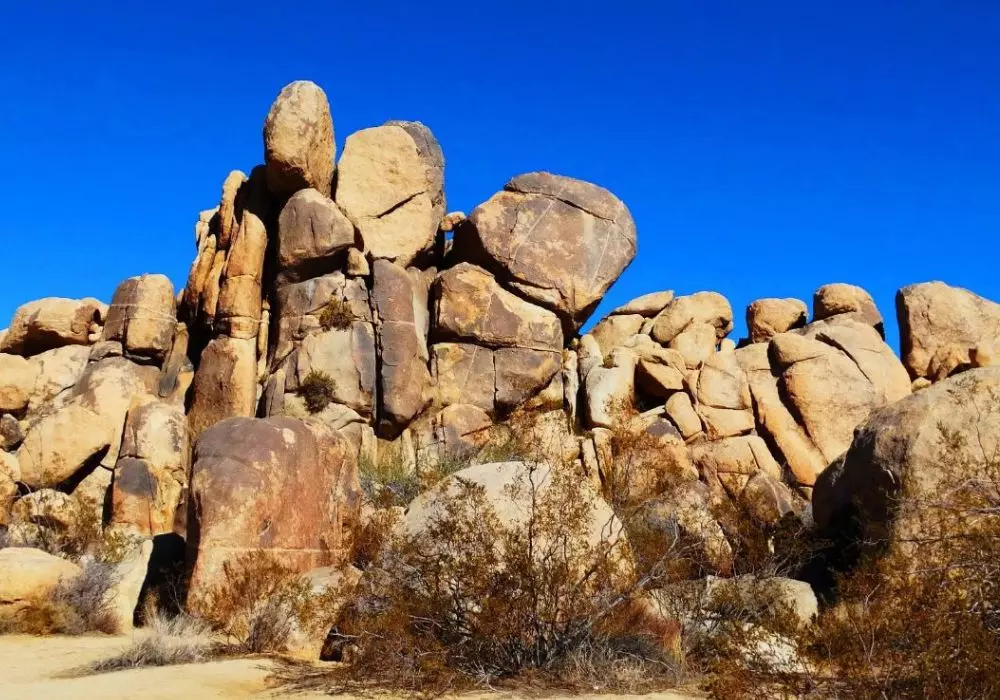

Joshua Tree’s landscape is a geological wonderland, shaped by millions of years of tectonic activity, erosion, and weathering.
The park’s most distinctive features are its massive rock formations, which are the result of a complex process that began over 100 million years ago when molten liquid (magma) intruded into the Earth’s crust.
As the magma cooled, it solidified into monzogranite, a type of granite that forms the foundation of the park’s iconic rock formations.
Over time, the overlying rock layers eroded away, exposing the monzogranite to the surface.
The process of weathering, particularly freeze-thaw cycles, caused the granite to fracture and break apart, creating the rounded boulders and towering formations that dominate the landscape today.
These formations, such as Skull Rock, Arch Rock, and the aptly named Jumbo Rocks, are popular destinations for climbers, photographers, and hikers.
The park also features a variety of other geological features, including alluvial fans, bajadas, and desert pavements.
These formations result from the interplay of water, wind, and gravity, shaping the desert floor into an intricate mosaic of textures and colors.
Exploring Joshua Tree’s geology offers a fascinating glimpse into the natural forces that have shaped the Earth over millennia.
The Unique Flora of Joshua Tree National Park
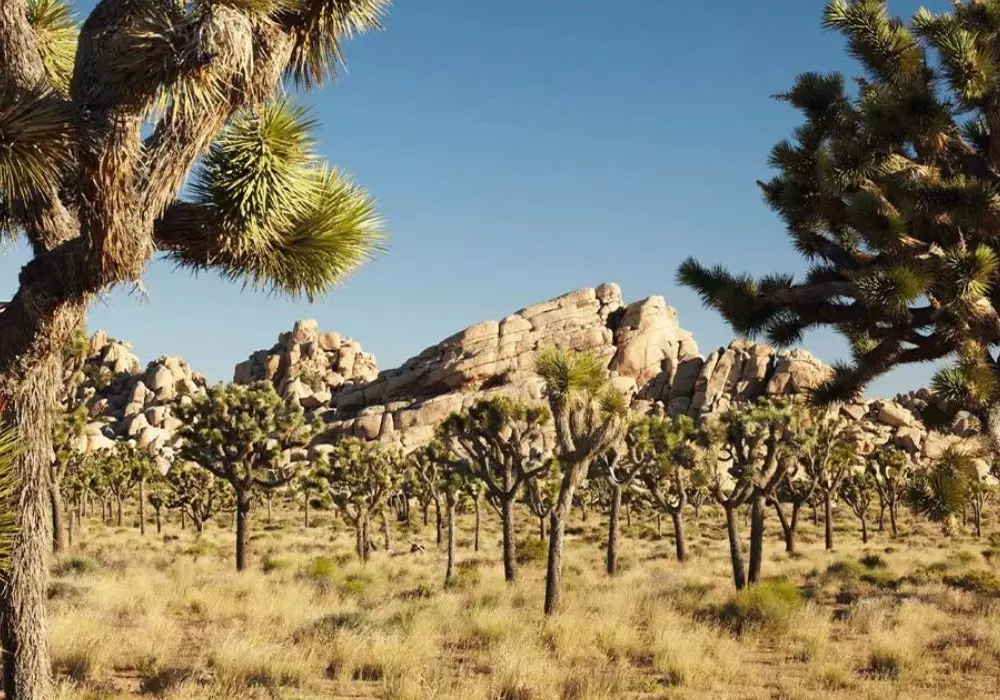

Joshua Tree National Park is home to a diverse array of plant species, many of which are uniquely adapted to the harsh desert environment.
The park’s namesake, the Joshua tree, is one of the most iconic and recognizable plants in the region.
This species of yucca thrives in the Mojave Desert’s arid conditions, with its spiky leaves and twisted branches reaching towards the sky.
The Joshua tree plays a crucial role in the desert ecosystem, providing habitat and food for a variety of animals.
In addition to the Joshua tree, the park is home to a wide range of cacti, shrubs, and wildflowers.
Cholla cactus gardens, with their dense stands of teddy bear cholla, create a surreal and somewhat treacherous landscape.
Beavertail and barrel cacti add splashes of color to the desert with their vibrant blooms, while creosote bushes, with their small yellow flowers, are among the most common and resilient plants in the park.
Springtime in Joshua Tree brings a burst of color as wildflowers bloom across the desert floor.
Depending on the rainfall, the park can be carpeted with blooms of desert marigold, sand verbena, and California poppies.
These wildflowers attract pollinators such as bees and butterflies, which play a vital role in the desert’s delicate ecosystem.
The Diverse Fauna of Joshua Tree National Park
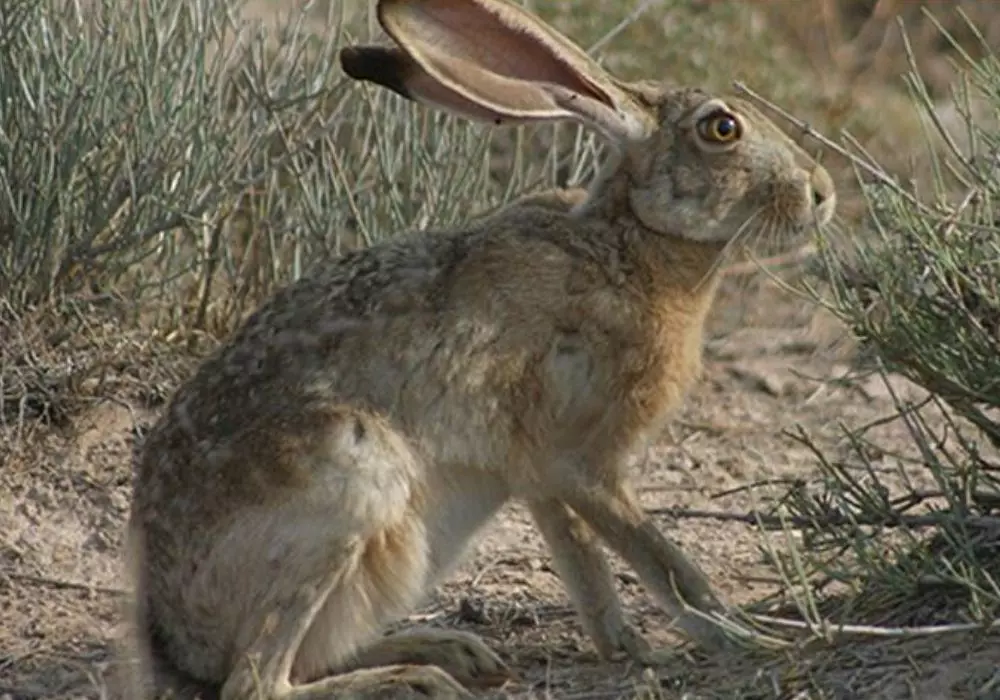

While the desert may seem barren at first glance, Joshua Tree National Park is teeming with life.
The park’s fauna includes a variety of mammals, birds, reptiles, and invertebrates, each uniquely adapted to survive in the challenging environment.
Among the park’s mammals are coyotes, black-tailed jackrabbits, desert cottontails, and the elusive desert bighorn sheep.
These animals have evolved to withstand extreme temperatures and scarce water sources.
Coyotes, for example, are highly adaptable and opportunistic feeders, while jackrabbits and cottontails are nocturnal, resting in the shade during the day to avoid the heat.
Birdwatchers will find plenty to enjoy in Joshua Tree, as the park is home to over 250 species of birds.
Common species include the roadrunner, Gambel’s quail, and the cactus wren.
The park is also a wintering ground for migratory species such as the white-crowned sparrow and dark-eyed junco.
Raptors, including red-tailed hawks and golden eagles, soar above the park’s rocky outcrops, scanning the landscape for prey.
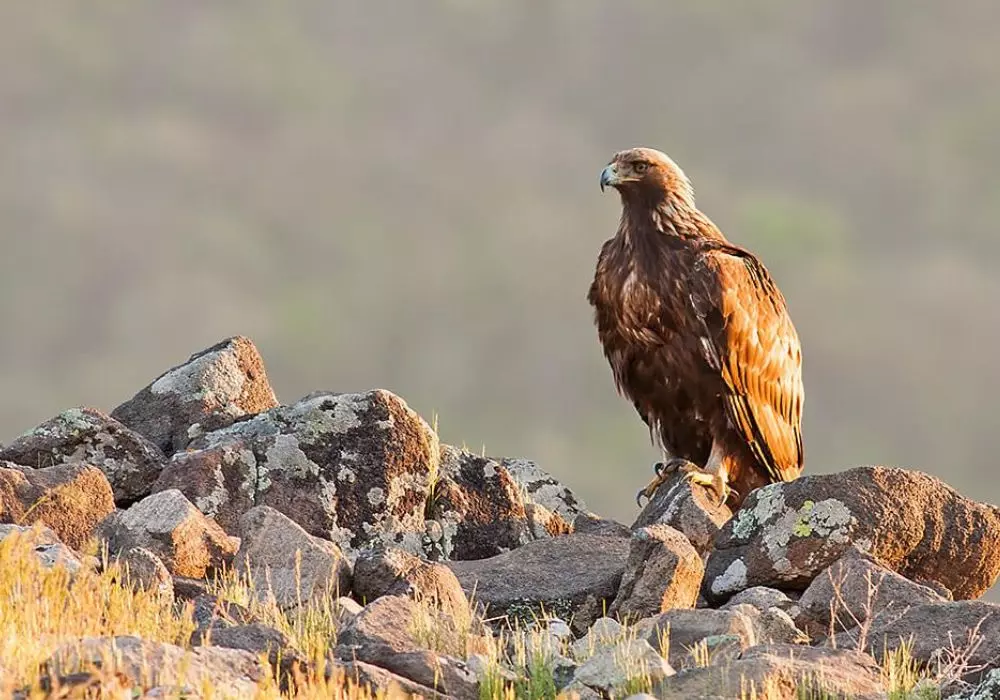

Reptiles are also abundant in Joshua Tree, with species such as the desert tortoise, chuckwalla, and various lizards and snakes making their home in the park.
The desert tortoise, a threatened species, spends much of its life in burrows to escape the extreme temperatures, emerging to feed on grasses and wildflowers after the rains.
Invertebrates, including scorpions, spiders, and insects, play a crucial role in the desert ecosystem.
The tarantula, a large and often misunderstood spider, is a common sight in the park, particularly during its mating season in the fall.
Despite their fearsome appearance, tarantulas are relatively harmless to humans.
Recreational Activities in Joshua Tree National Park
Joshua Tree National Park offers a wide range of recreational activities, making it a popular destination for outdoor enthusiasts.
Whether you’re interested in hiking, rock climbing, stargazing, or simply taking in the breathtaking scenery, the park has something for everyone.
Hiking
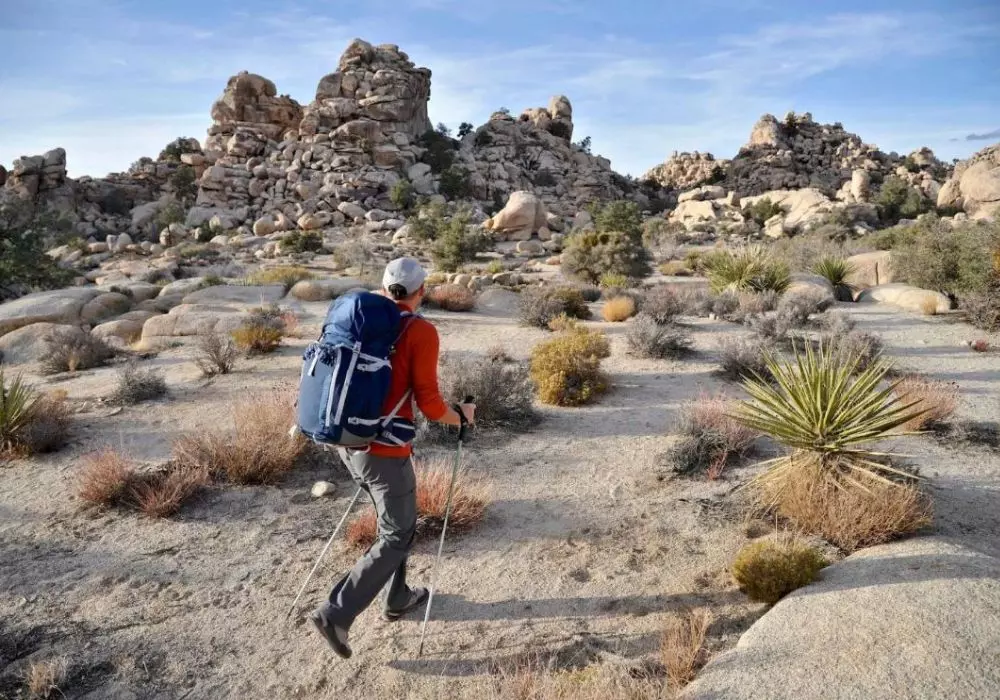

With over 300 miles of hiking trails, Joshua Tree is a hiker’s paradise. Trails range from short, easy walks to strenuous, full-day hikes.
Some of the most popular trails include the Hidden Valley Trail, a 1-mile loop that takes you through a picturesque valley surrounded by towering rock formations; the Barker Dam Trail, a 1.3-mile loop that leads to a historic water reservoir and offers excellent birdwatching opportunities; and the Ryan Mountain Trail, a 3-mile round-trip hike that ascends to one of the highest points in the park, offering panoramic views of the surrounding desert.
Rock Climbing: Joshua Tree is a world-renowned destination for rock climbing, with over 8,000 established climbing routes.
The park’s unique granite formations provide climbers of all skill levels with a variety of challenges, from bouldering to multi-pitch trad climbs.
Popular climbing areas include Hidden Valley, Echo Cove, and Indian Cove.
Climbers should be aware of the park’s regulations and guidelines, including seasonal closures to protect nesting birds.
Camping


There are nine campgrounds within Joshua Tree National Park, offering a range of camping experiences from developed sites with amenities to more primitive, backcountry camping.
Popular campgrounds such as Hidden Valley, Jumbo Rocks, and White Tank fill up quickly, especially during the cooler months, so it’s recommended to reserve your spot in advance.
Camping in Joshua Tree offers a unique opportunity to experience the desert’s tranquility and to enjoy the park’s famous dark skies.
Stargazing: Joshua Tree National Park is a designated International Dark Sky Park, making it one of the best places in the country for stargazing.
Far from the light pollution of cities, the park offers crystal-clear views of the Milky Way, planets, and constellations.
The park’s high elevation and dry air create ideal conditions for astronomy, and many visitors come specifically to experience the night sky.
Some of the best stargazing spots include Keys View, a lookout point that offers sweeping views of the Coachella Valley, and Cottonwood Campground, located in the quieter southeastern part of the park.
Wildlife Viewing
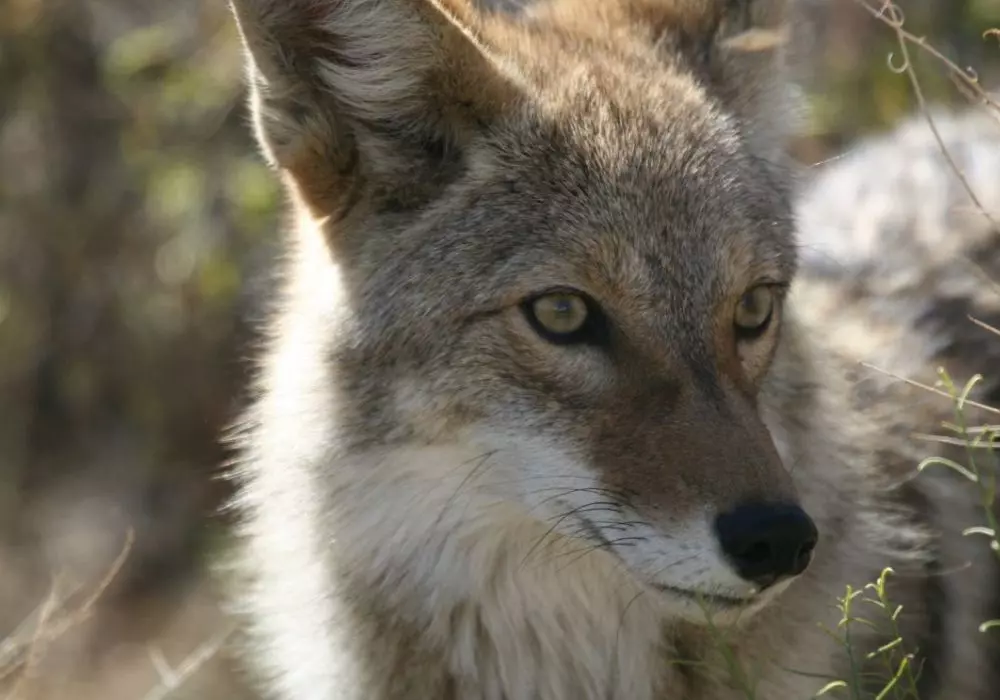

The best times for wildlife viewing in Joshua Tree are early morning and late afternoon when animals are most active.
Birdwatchers will find plenty of opportunities to spot resident and migratory species, while those interested in reptiles can explore the park’s rocky outcrops and desert washes.
Keep an eye out for signs of larger mammals, such as tracks or scat, and always maintain a safe distance from wildlife.
Photography: The dramatic landscapes of Joshua Tree National Park provide endless opportunities for photography.
From the twisted branches of Joshua trees to the towering boulders and expansive desert vistas, the park offers a variety of subjects and lighting conditions.
The soft light of sunrise and sunset casts a warm glow over the landscape, making it the ideal time for capturing the park’s natural beauty.
Night photographers will also find plenty of inspiration in the park’s dark skies, with opportunities to capture star trails, the Milky Way, and other celestial phenomena.
Seasonal Considerations: When to Visit Joshua Tree
Joshua Tree National Park is open year-round, but the experience can vary greatly depending on the season.
Each season offers its own unique beauty and challenges, so it’s important to plan your visit accordingly.
Spring (March to May)
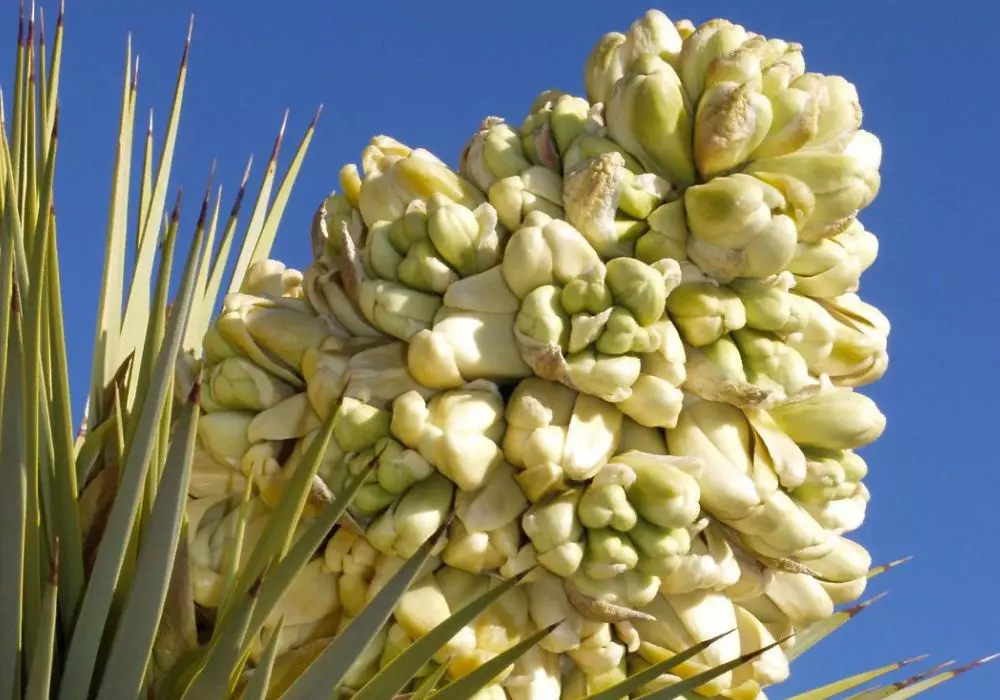

Spring is one of the best times to visit Joshua Tree, as the temperatures are mild, and the desert comes to life with wildflowers.
This is also a popular time for hiking and climbing, so expect more visitors during this season.
Wildflowers typically bloom from March to April, depending on rainfall, creating vibrant displays of color across the desert floor.
Summer (June to September): Summer in Joshua Tree can be extremely hot, with daytime temperatures often exceeding 100°F (38°C).
This is the least crowded time to visit, but outdoor activities should be limited to early morning or late evening to avoid the heat.
Always carry plenty of water, wear sun protection, and be prepared for the intense desert conditions.
Fall (October to November): Fall is another excellent time to visit Joshua Tree, with cooler temperatures and fewer crowds.
The desert landscape begins to transition from the heat of summer to the crispness of winter, making it an ideal time for hiking and camping.
This season also marks the beginning of the tarantula mating season, so you may spot these large spiders on the move.
Winter (December to February)
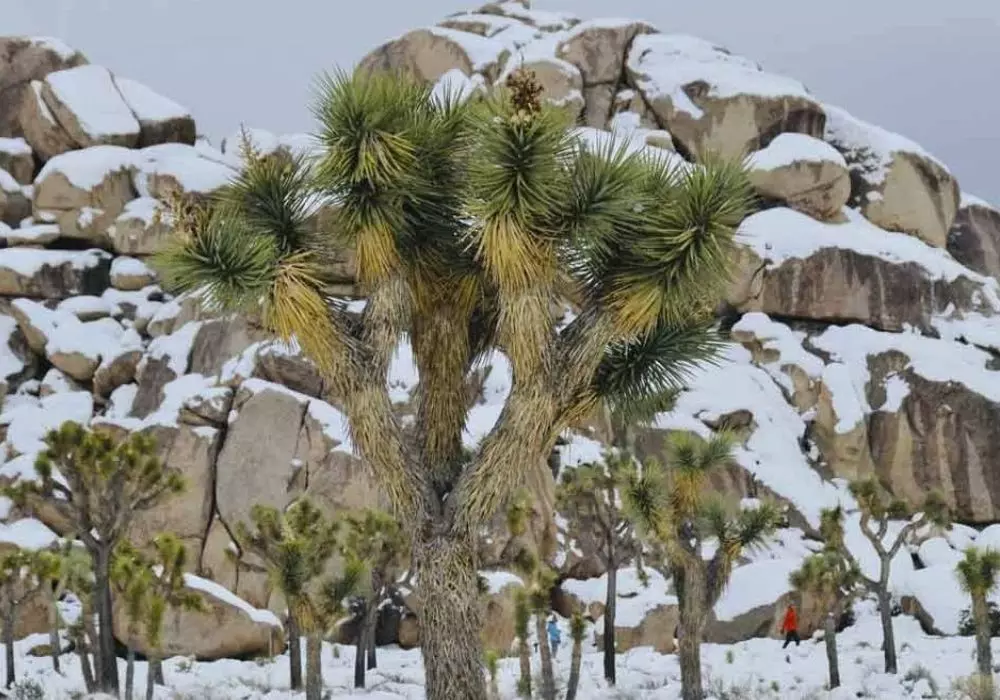

Winter in Joshua Tree is mild, with daytime temperatures ranging from 50°F to 70°F (10°C to 21°C) and cold nights that can drop below freezing.
This is a popular time for camping and stargazing, as the clear, cool nights offer some of the best conditions for viewing the night sky.
Snow occasionally dusts the higher elevations, adding a picturesque touch to the desert landscape.
Conservation and Preservation Efforts
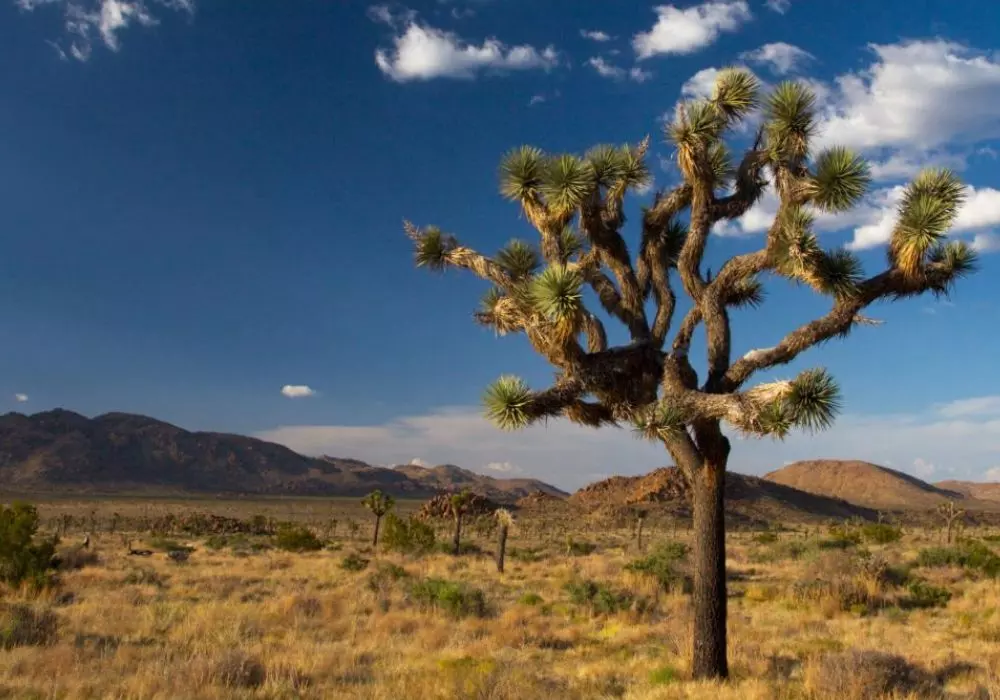

Joshua Tree National Park is a protected area, but it faces numerous challenges, including habitat loss, climate change, and the impact of increasing visitor numbers.
The National Park Service, along with various conservation organizations, works tirelessly to preserve the park’s unique ecosystems and cultural heritage.
Efforts to protect the Joshua tree itself have become increasingly urgent as scientists predict that the species could lose a significant portion of its range by the end of the century due to climate change.
The park is also home to the threatened desert tortoise, and ongoing efforts focus on habitat restoration and reducing human impacts on this species.
Visitors to Joshua Tree can help protect the park by following Leave No Trace principles, staying on designated trails, and respecting wildlife.
Participating in park-sponsored volunteer programs or supporting conservation organizations that work in the area are other ways to contribute to the preservation of this remarkable landscape.
Planning Your Visit: Tips and Recommendations
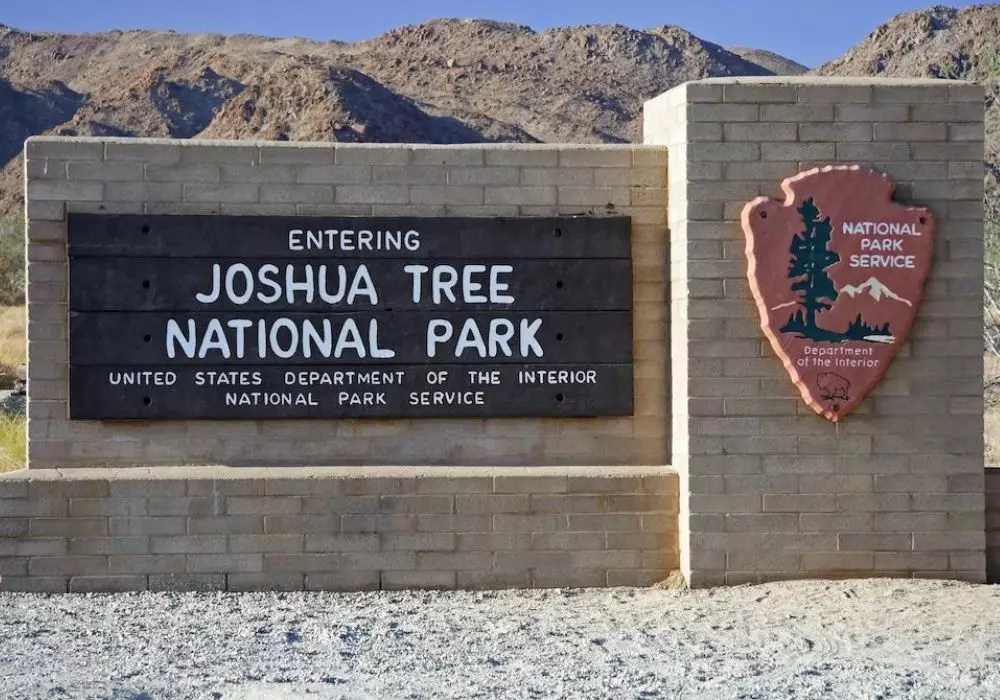

When planning your visit to Joshua Tree National Park, it’s important to consider a few key factors to ensure a safe and enjoyable experience:
Permits and Reservations: Some activities in Joshua Tree, such as backcountry camping and rock climbing in certain areas, require permits.
Popular campgrounds can fill up quickly, so it’s recommended to make reservations in advance, especially during peak seasons.
What to Bring: Pack plenty of water, especially if you plan to hike or climb, as the desert environment can be dehydrating.
Sunscreen, a wide-brimmed hat, and sunglasses are essential for sun protection.
Sturdy hiking boots are recommended for navigating the park’s rocky terrain, and a flashlight or headlamp is useful for evening activities or navigating campgrounds at night.
Safety Considerations: Be aware of the potential hazards of the desert environment, including extreme temperatures, dehydration, and wildlife encounters.
Always carry a map, as cell service is limited in many areas of the park. If you’re hiking, let someone know your plans and expected return time.
Leave No Trace: To help protect Joshua Tree’s fragile environment, practice Leave No Trace principles.
Pack out all trash, stay on designated trails, and avoid disturbing wildlife or natural features.
Conclusion
Joshua Tree National Park is a place of stark beauty and profound serenity, where the vast desert landscape invites exploration and reflection.
Whether you’re drawn to its geological wonders, unique flora and fauna, or the sheer peace of its wide-open spaces, Joshua Tree offers something for everyone.
By understanding the park’s history, respecting its delicate ecosystems, and embracing the adventure it offers, you can ensure that your visit to Joshua Tree National Park is both memorable and meaningful.
